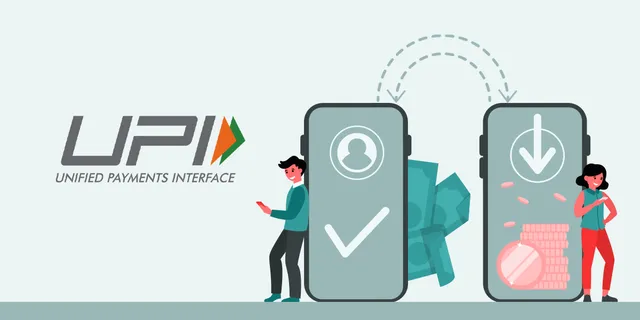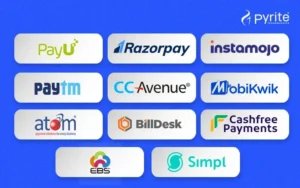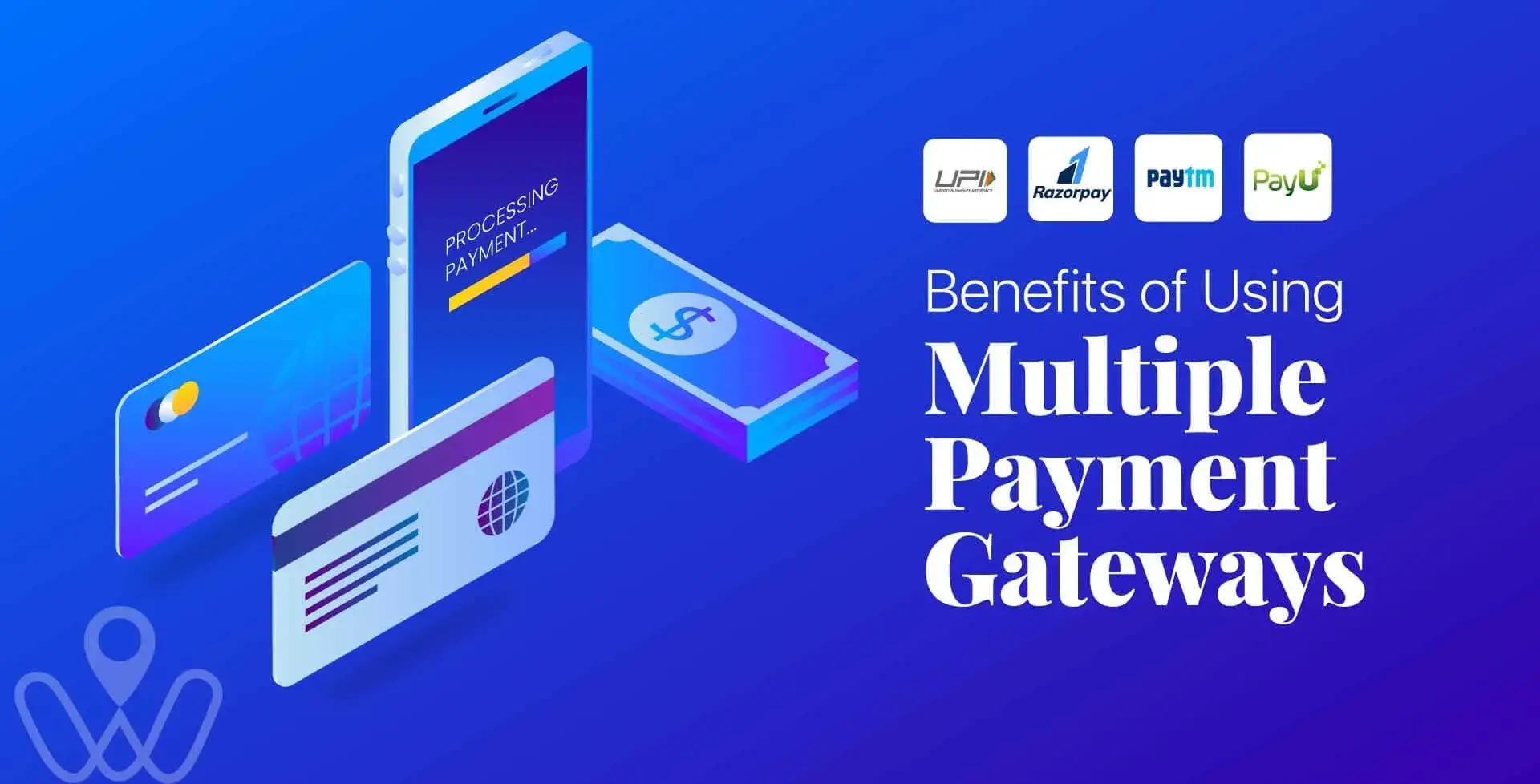In the modern era of digital advancements, instant digital payments have transformed financial transactions. With the widespread use of smartphones, improved internet connectivity, and user-centric digital platforms, these payment systems are revolutionizing consumer interactions and business operations. The demand for faster, more secure, and convenient payment methods has only accelerated this change. Let’s explore the extensive advantages these systems offer to both consumers and merchants while highlighting how DigitalPaymentGuru.com supports businesses in implementing the best merchant payment gateways.
Understanding Instant Digital Payments
Instant digital payments involve the electronic transfer of funds that are completed in real-time. These transactions ensure that money moves instantly from one account to another, avoiding delays commonly associated with older methods like cheques or manual bank transfers. Popular digital payment systems include UPI (Unified Payments Interface), digital wallets such as Paytm, Google Pay, and PhonePe, and international services like PayPal and Stripe.
Businesses increasingly rely on these payment systems, and providers like DigitalPaymentGuru.com are instrumental in helping merchants seamlessly integrate effective and reliable payment gateways.
Advantages for Consumers
1. Speed and Ease of Use
Instant digital payments eliminate the need for handling cash, writing cheques, or waiting for bank transfers to complete. Consumers can pay bills, shop online, or transfer money to loved ones in seconds, all through their smartphones. This rapid process is especially beneficial in urgent or time-sensitive situations.
2. Round-the-clock Availability
Unlike traditional banking hours, digital payment systems are operational 24/7. Whether it’s a public holiday or late at night, consumers can complete their transactions without interruption. This flexibility adds to user convenience and promotes better financial autonomy.
3. Enhanced Safety Features
Digital payment platforms come with advanced security measures, such as encryption, biometric verification, and two-factor authentication (2FA). These features safeguard users from fraud and unauthorized access, providing them with a secure way to transact. Continuous improvements in cybersecurity further ensure the safety of these systems.
4. Ease of Tracking and Transparency
Digital payments offer easily accessible transaction records through apps or statements. This transparency helps consumers monitor their spending, manage budgets, and simplify tasks like tax filing, fostering greater financial discipline.
5. Savings and Rewards
Many digital payment systems are free or involve minimal transaction fees compared to traditional methods like wire transfers. Additionally, cashback offers, discounts, and reward points provide added value, making digital payments an economical choice for users.
Advantages for Merchants
1. Improved Cash Flow
For businesses, instant payment systems ensure quick access to funds, which is crucial for daily operations, inventory purchases, and business expansion. Collaborating with platforms like DigitalPaymentGuru.com enables merchants to streamline payment processes and maintain efficient cash flow management.
2. Lower Transaction Costs
Digital payment systems often have lower processing fees than traditional POS systems or credit card networks. Reduced costs significantly benefit merchants, especially small and medium-sized enterprises, by increasing profit margins.
3. Wider Customer Reach
Accepting digital payments attracts tech-savvy consumers who prefer cashless transactions. Additionally, these systems allow merchants to accept payments from remote customers, opening up new markets and revenue streams.
4. Boosted Sales and Customer Loyalty
The simplicity and speed of digital payments encourage more purchases and enhance the overall shopping experience. Satisfied customers are more likely to return, building long-term loyalty. Features like one-click payments further elevate convenience.
5. Streamlined Record Management
Digital payment platforms provide detailed transaction histories and insights, helping businesses monitor revenue, identify trends, and make data-driven decisions. These records are invaluable for strategic planning and inventory management.
6. Minimized Risks and Enhanced Security
Handling large sums of cash poses risks of theft and fraud. Digital payments reduce these risks and reliance on physical banking. Partnering with DigitalPaymentGuru.com ensures that merchants have access to secure, cutting-edge solutions tailored to their business needs.
Instant Digital Payments and Economic Progress
Beyond convenience, instant digital payments drive economic growth. They reduce costs linked to printing and handling currency and encourage financial inclusion by offering unbanked individuals access to digital services.
In countries like India, UPI has revolutionized the financial landscape, empowering millions of small businesses and individuals to join the digital economy. By simplifying the adoption of advanced payment systems, platforms like DigitalPaymentGuru.com support businesses of all sizes, contributing to a more connected financial ecosystem.
Challenges and How to Address Them
Despite their numerous benefits, instant digital payments are not without challenges. Recognizing these hurdles and addressing them effectively is crucial for sustaining the growth and trust in digital payment systems.
1. Technical Interruptions
Network downtime, server crashes, or connectivity issues can temporarily disrupt transactions. Such interruptions can be frustrating for both consumers and merchants, potentially leading to financial losses and eroding trust in the system.
Solution: To mitigate these disruptions, companies must invest in robust infrastructure capable of handling high transaction volumes without lag. Backup servers and redundant systems can ensure continuity during outages. Platforms like DigitalPaymentGuru.com assist businesses in adopting reliable payment gateways designed to withstand such technical challenges.
2. Cybersecurity Threats
As digital payment adoption grows, so does the risk of cyberattacks, including phishing scams, data breaches, and identity theft. These threats can compromise user data and lead to significant financial losses.
Solution: Regular updates to security protocols, integration of advanced encryption technologies, and widespread implementation of multi-factor authentication (MFA) can significantly reduce vulnerabilities. Educating users about recognizing and avoiding common scams is equally important. By partnering with trusted providers like DigitalPaymentGuru.com, businesses can access state-of-the-art cybersecurity measures tailored to their needs.
3. Adoption Resistance
Some individuals and businesses remain skeptical about adopting digital payments due to a lack of trust, inadequate digital literacy, or a preference for traditional methods.
Solution: Awareness campaigns highlighting the advantages of digital payments, coupled with hands-on training programs, can encourage broader adoption. Simplified user interfaces and multilingual support can further ease the transition for users with limited technical expertise. Providers like DigitalPaymentGuru.com play a key role in guiding businesses through the adoption process, ensuring smooth and confident integration of digital payment solutions.
4. Cost and Infrastructure Barriers
For small businesses, the cost of setting up digital payment systems and the requirement for consistent internet access can be significant hurdles.
Solution: Governments and fintech companies can collaborate to offer subsidies, low-interest loans, or affordable technology packages to small and medium-sized enterprises (SMEs). Additionally, expanding internet connectivity in underserved areas will ensure broader access to digital payment solutions.
By working with trusted providers like DigitalPaymentGuru.com, merchants can overcome these hurdles and confidently adopt digital payment solutions.
Conclusion
Instant digital payments are transforming the way we conduct financial transactions, offering unparalleled convenience, security, and efficiency to both consumers and merchants. For businesses, adopting the right payment gateway is essential for staying competitive and meeting customer expectations.
DigitalPaymentGuru.com provides expert guidance and robust solutions for integrating advanced payment systems. By leveraging their services, businesses can improve customer satisfaction, enhance operational efficiency, and achieve sustainable growth. As technology advances, the role of instant payments will continue to expand, shaping the future of commerce and driving global economic participation.
For individuals and businesses, adopting instant digital payment systems is no longer a luxury it’s a necessity in today’s interconnected world.















